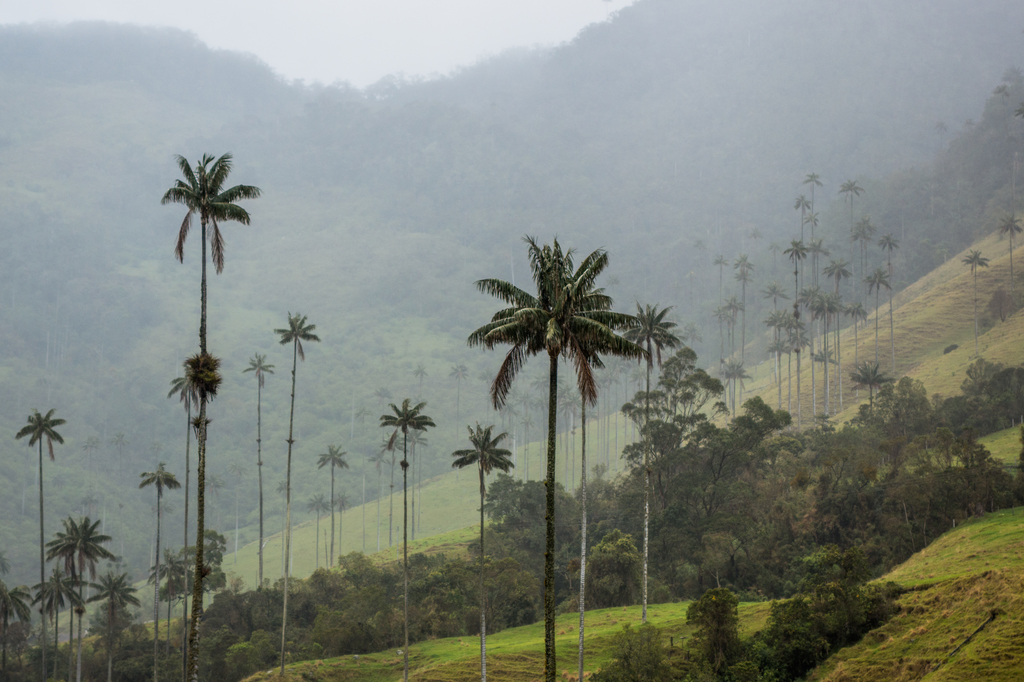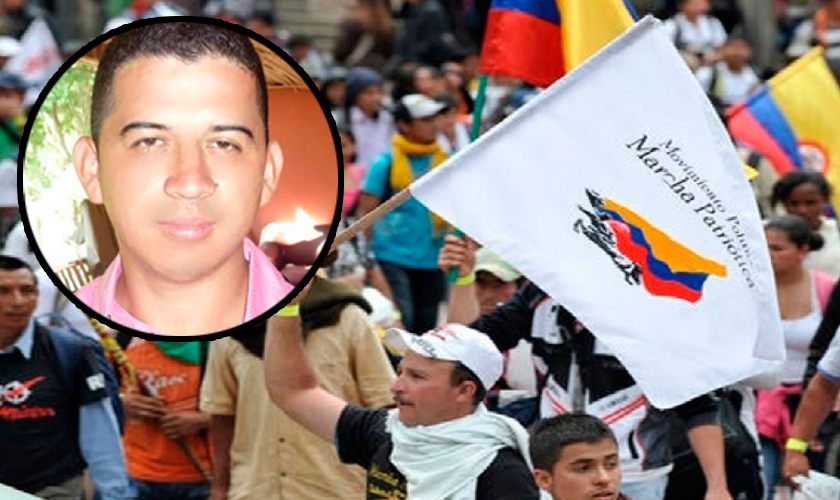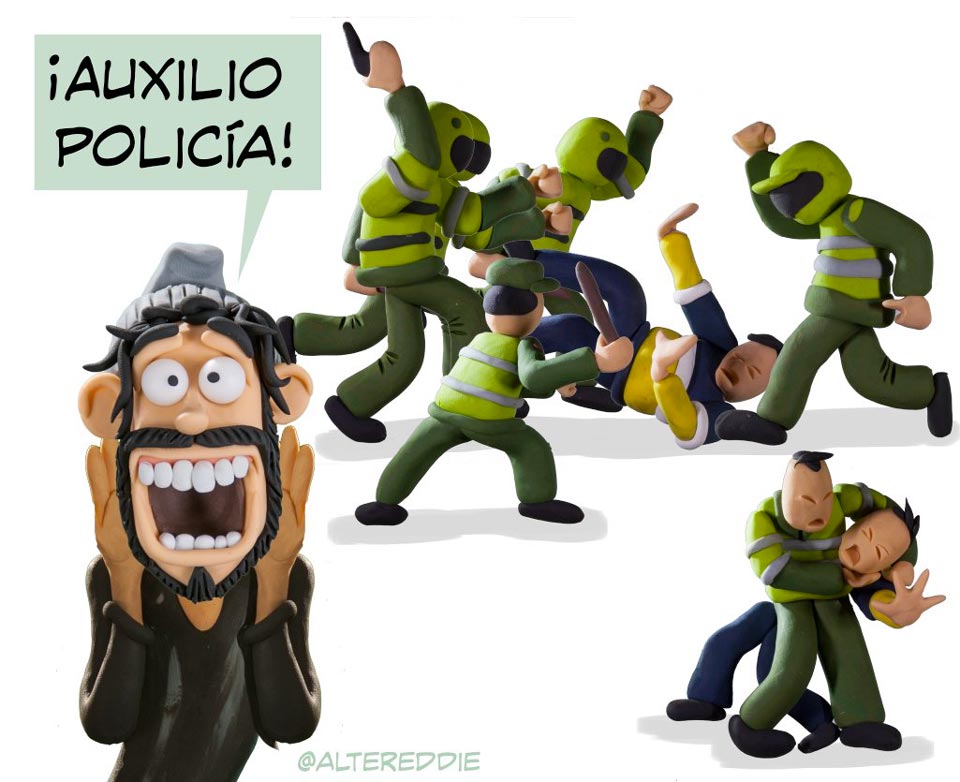
Map of the various different cycleways throughout the city.
Oli Pritchard gets a little psychopathic about cyclepaths and explains why he thinks bikes belong on the roads
Yesterday it took me twice as long to get home as normal. Why? Because I heeded the advice of many cycling advocates and government busybodies: I took the cicloruta. It might seem puzzling to many that it would take me so much longer to arrive at my destination when using the officially sanctioned route, the one literally designed to keep me safe and make my life easier. Go and look at a cicloruta, however, and you will quickly understand my delay. Like many government infrastructure projects, the ciclorutas appear to have been designed by a team of drunk hamsters having a cheeky joint. They make little sense on paper and even less in practice. In fact, I’m growing more and more convinced that the alcaldía of Bogota is actually playing a massive practical joke on cyclists, backed by Ecopetrol, who cackle into their hands every time a new disaster is announced.
First off, the location of many ciclorutas is at times bizarre. There’s one on Calle 26a, which requires that you first ride on the pavement and then switch to the middle of the road. Once you’re on the strip in the middle of the road, you’d better know where you’re exiting, as it can be a kilo- metre or more between exits to the normal roads. Then consider Carrera 11a. A one way road for much of its length, the powers that be decided to put the cicloruta on the righthand side. This ensures pedestrians constantly cross your path to get on and off buses. Putting it on the left hand side could have been far too much trouble, obviously.
That cicloruta on Carrera 11 actually gets better when it swings onto Carrera 13. As it continues south, it shifts to the left… whereupon one finds a market on the cycle lane for the next 10 or so blocks. Why do the vendors choose this particular part of the pavement? Because someone decided, probably after a night of chicha and acid, to build a bike lane along a pavement that is clearly far too small for a cycle path.
Sticking with Carrera 13, once the market is behind you, you still have to contend with the appalling state of many cycle paths. It can easily feel like cycling through a war zone and frequently cause you to look at that nicely maintained road right next to you – after all, cars are important to the city, providing us with much-needed pollution and noise, so they will always be looked after.

The good – the cycle lane on Av. El Dorado which goes from La Nacional almost as far as the airport
Of course, ciclorutas are designed to keep you away from cars, in the mistaken belief that cyclists shouldn’t be part of traffic. The flipside of that coin is a massive increase in the number of pedestrians you must battle with. Pedestrians are just as brain dead as car drivers, lurching along between shops like consumerist zombies, but unlike cars they don’t generally show you where they’re going and they can turn on a sixpence. Furthermore, they rarely bother to look where they’re going and amble about daydreaming of unicorns and rainbows. For example, in the Septima Peatonal between Las Aguas and Calle 26a, there are two massive pavements and two entire lanes of the road, all for pedestrians to walk on, yet they insist on parking their corpulent, unexercised bodies into our bike lanes, literally the only place in the entire yawning chasm of that road where they shouldn’t be.
Every day on the wall of the excellent Facebook group Bicicletas Robadas Bogotá there are warnings about cycle paths, which are well known places for armed muggers to hang out. Whilst the group does provide excellent information on recent hotspots for crime, better still to simply avoid the things altogether. Robbers tend to target cyclepaths after dark and in parts away from the main traffic or near occluded spots such as bridges and tunnels.

The bad – an uncapped manhole, one of the many dangers on some of the less well maintained cycle lanes around the city.
There are a few well maintained, sensibly placed cycle paths in the city, such as the one on Calle 85, which is separated from pedestrians, connects the Autopista with Carrera 11 and is part of the road. All too often, however, the local government talks a good game on cycling provision, has lots of nice facts to pull out on paper to impress taxpayers and auditors…but fails utterly to actually deliver on those grand promises. Like many things in Bogotá, the politricksters think big and deliver little.
Really, though the problem is more basic. Ciclorutas, in my opinion, are not the way forward. I’m far too fast to safely use a cycle path, and my bike is designed to use nice tarmac, not bumpy pavement. We are part of the traffic, and we should be treated as such. If the city is designed for cars, then cars will inevitably dominate. We, will receive in return a city clogged with traffic, cold and dehumanised as everyone trundles along in their individual metal cages. While many foreigners will tell you of nightmarish Bogotano driving, I don’t actually think that’s the case. Having cycled in dozens of places and visited scores more, I can honestly say that Colombian traffic is some of the most respectful and patient I’ve ever dealt with. I’d rather not lose that and move towards London, where just having a bicycle means every second taxi driver shouts a variation on “shove your Wiggins up your arse, you cunt”. Bogotá has a proud cycle culture, and I’d like us to keep it.





